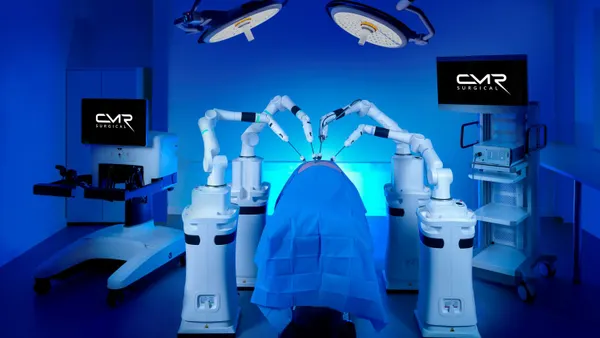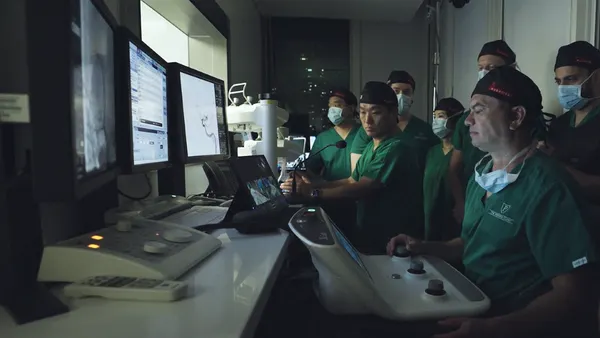Dive Brief:
- Responding to a mandate in the FDA Reauthorization Act of 2017 (FDARA), the agency Thursday released draft guidance delineating how the agency decides if certain medical devices are eligible for review under the 510(k) Third Party Review Program.
- Simultaneously, FDA released a plan to cut down on the number of 510(k) submissions the agency has to re-review that a Third Party Review Organization has already reviewed. FDA says that it aims to have 85% of these third party submissions not be required for re-review by the end of fiscal year 2021.
- Commissioner Scott Gottlieb said outsourcing review of lower-risk devices can enable FDA to focus more resources on higher-risk and more complex devices.
Dive Insight:
The Third Party Review Program (3PRO), formally known as the Accredited Persons Program, allows 510(k) submissions for certain low-to-moderate risk devices to be submitted to a third party instead of the FDA. After the outside party recommends a determination of substantially equivalent or not substantially equivalent, FDA then makes a final call on the 510(k) submission.
To cut down on the number of re-reviews, FDA says that it is utilizing new authority in FDARA that allows the agency to tailor which devices are eligible for third party review. The new draft guide lays out the factors FDA will use when looking at choosing which devices are eligible for review by outside organizations "including whether the device type is implantable, life sustaining, life supporting, and well understood."
Gottlieb argues that the draft guidance will eventually help ensure that the program can maintain FDA's product review standards.
The new plan includes an invitation to outside reviewers to enroll in an internal FDA training program "intended to provide a complete foundation for performing premarket reviews." The agency also will provide training for specific devices taught by FDA staff with experience reviewing such devices, and plans to increase access to non-proprietary FDA review memos to further educate third party reviewers. FDA says that the outside review program is expected to cut down on agency review times for eligible devices to 30 days or less.
"While the framework outlined today seeks to improve the efficiency of the review of 510(k) submissions for certain well-understood, lower-risk devices, the final authority to decide which devices may proceed to market remains with the FDA. We will ensure that third-party reviews use the same standard of evaluation that the agency does and meet our high standards," Gottlieb said in a statement.
FDA's draft guide also lays out its criteria for recognizing if a 3PRO is eligible to conduct 510(k) reviews. For instance, third parties cannot be owned by a manufacturer, supplier or vendor, or help design, manufacturer, sell or market devices.
"FDA expects 3P Review Organizations to be impartial and free from any commercial, financial, and other pressures that might present a conflict of interest or an appearance of a conflict of interest," the draft guidance states.
The largest medical device trade lobby is still reviewing FDA’s plan, but is “pleased FDA has released the guidance,” Mark Brager, AdvaMed vice president of communications, told MedTech Dive.
Comments are due on the draft guidance December 13. The agency says that it "welcomes suggestions on which devices should be included as eligible and ineligible for participation in this program."












